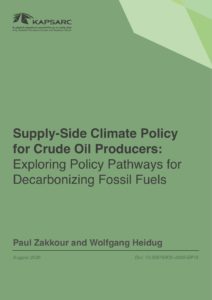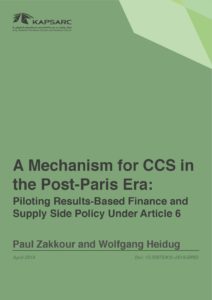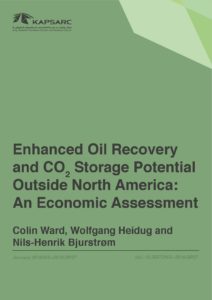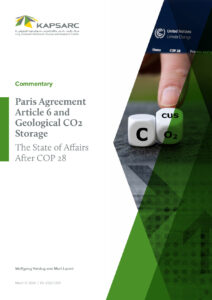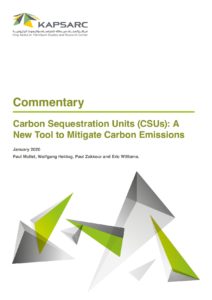Wolfgang is an expert on low-carbon energy technology policy with in-depth knowledge of the science and technology of CO2 capture and storage, Prior to joining KAPSARC he was a senior adviser at the International Energy Agency in Paris. Wolfgang also has over 20 years of experience working with Shell International.
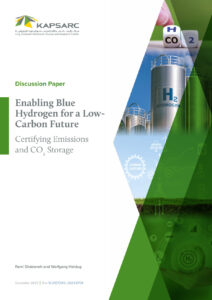
Enabling Blue Hydrogen for a Low- Carbon Future: Certifying Emissions and CO2 Storage
As part of a diverse energy portfolio, hydrogen can support global efforts toward transitioning to a more sustainable energy system. This would align with climate goals, such as those outlined in the Paris Agreement. For hydrogen to fulfill this potential, its production method needs a paradigm shift. The prevalent method used today relies on unabated natural gas and other fossil fuels, leading to significant greenhouse gas emissions. Thus, clean production processes need to be adopted that either eliminate, capture or significantly reduce GHG emissions to meet specific sustainability benchmarks.
14th December 2023
